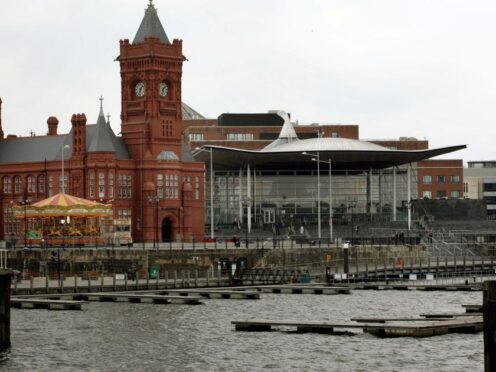
Voting has closed in the contest between two candidates vying to be the next first minister of Wales.
Jeremy Miles, the current minister for education and Welsh language, and Vaughan Gething, the minister for the economy, are competing to see who will lead Welsh Labour, and the country.
They want to replace Mark Drakeford, who has been First Minister since 2018, having announced his intention to resign late last year.

After the ballot closed, both candidates posted on X, formerly Twitter, thanking supporters.
Mr Gething said: “With the ballots now closed, ahead of the result announcement this Saturday, I want to say a huge thank you to everyone who has taken part.”
Mr Miles added: “Voting has now closed. Thank you to everyone who’s voted and supported us throughout this campaign.
“For me, leadership is about the ‘We’, not the ‘I’ and to have campaigned alongside you, Welsh Labour family, has been a privilege.”
Whoever is successful will become the fifth leader of the country since the National Assembly for Wales, which is now called the Senedd, was established in 1999.
Most people in Wales will not get a say in which of them will be the new leader of the country.
Only Labour members or part of an affiliated organisation, such as a trade union, can participate – meaning about 100,000 people can vote.

Mr Gething has the backing of most of the large unions, and Lord Kinnock, who led the UK party from 1983 to 1992.
There has been some controversy over Mr Gething receiving the backing of the Unite union, after his opponent was disqualified because he has never held “elected lay office as representatives of workers”.
Mr Miles said it was “a new rule that no-one was aware of” and that members were unhappy.
But Unite said it had carried out the nomination process correctly and Mr Gething said it was up to the union to determine its own democratic processes.
Unlike previous Labour leadership elections, all the votes are equally weighted.
Selection in the past has used an “electoral college” system, giving greater weight to MPs and Members of the Senedd.
Voting closed at midday and the winner will be declared on Saturday.
Mr Drakeford is not expected to stand down immediately and his final first minister’s questions is expected on March 19.
A vote will also need to take place in the Senedd at which opposition groups can put forward their own candidates.
With Labour the largest party, it is unlikely that any other group would take the role.

Enjoy the convenience of having The Sunday Post delivered as a digital ePaper straight to your smartphone, tablet or computer.
Subscribe for only £5.49 a month and enjoy all the benefits of the printed paper as a digital replica.
Subscribe